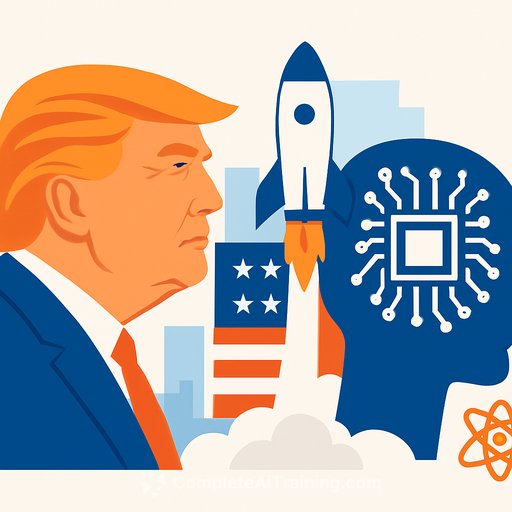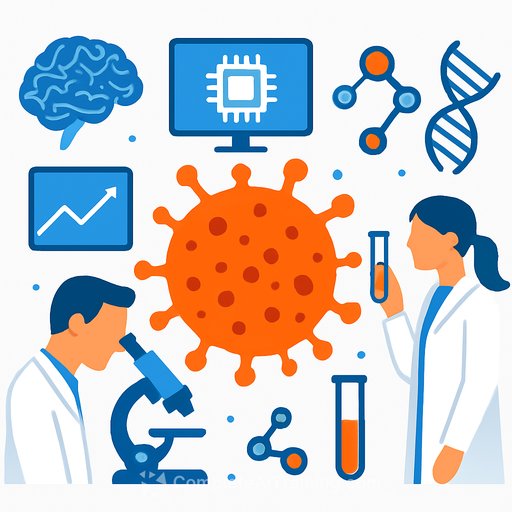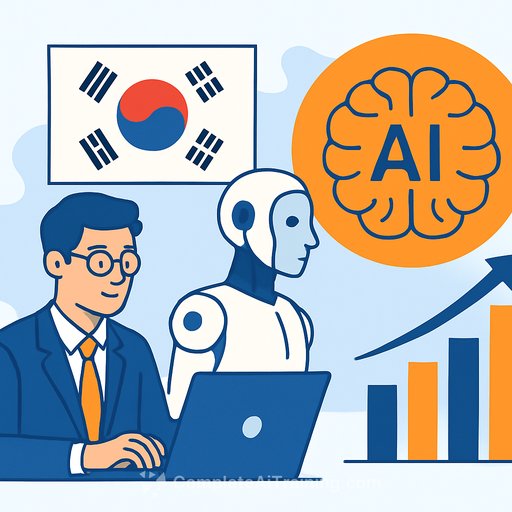Mission Genesis: What developers and engineering leaders should expect from the new US AI initiative
The White House has launched Mission Genesis-an executive order-led push to accelerate US leadership in artificial intelligence. The program is being compared in ambition to the Manhattan Project and focuses on three levers: more compute, broader access to federal data, and tighter collaboration between government and the private sector.
Michael Kratsios, the president's science advisor, has been appointed to lead the effort. The order states, "The Genesis Mission will dramatically accelerate scientific discovery, strengthen national security, secure energy dominance, enhance workforce productivity, and multiply the return on taxpayer investment into research and development."
Core components
- American Science and Security Platform: A centralized infrastructure led by Energy Secretary Chris Wright to give researchers advanced resources across labs and agencies.
- Compute expansion: Increased capacity for training and inference, with expected pathways into national lab and federal HPC resources.
- Data access: The largest federal datasets will be used to train scientific AI models, improving scale and coverage for R&D workloads.
- Public-private alignment: Builds on existing collaboration with leading tech companies under the National AI Research Resource (NAIRR).
Timelines to track
- Within 90 days: The Department of Energy must identify required resources for Mission Genesis.
- Within 270 days: AI will be applied to priority areas including robotics, biotechnology, advanced manufacturing, and nuclear research.
What this means for engineering teams
- Expect more on-ramps to federal compute and datasets via centralized platforms and lab partnerships.
- Watch for calls for proposals, research fellowships, and pilot programs tied to Genesis and NAIRR.
- Plan for security reviews, model evaluations, and auditing requirements-especially for work intersecting with national security or energy.
- Design for portability: containerize training stacks and make them HPC-friendly (e.g., SLURM-compatible, MPI-aware).
- Strengthen data governance: lineage, privacy controls, and documentation will be scrutinized for federal data access.
How it connects to NAIRR
Mission Genesis builds on the National AI Research Resource, created under the 2020 National Artificial Intelligence Initiative Act to provide shared, advanced research infrastructure. NAIRR unites agencies such as the Department of Defense, NASA, and the National Institutes of Health with private organizations including OpenAI, Google, and Palantir.
For background and updates, see the federal AI portal at AI.gov and the NAIRR initiative page at the National Science Foundation: NSF NAIRR.
Practical next steps
- Map your workloads to the priority areas (robotics, biotech, advanced manufacturing, nuclear) and prep concise proposals and benchmarks.
- Document data pipelines end-to-end-collection, cleaning, labeling, evaluation-and quantify model impact with clear metrics.
- Ready a security posture: SBOMs for AI stacks, reproducible training, red-teaming results, and incident response playbooks.
- Build a lightweight compliance kit: model cards, dataset datasheets, and usage policies aligned to federal expectations.
Where to skill up quickly
If you're leading an engineering team and need to accelerate AI capability, these resources can help you ramp without guesswork:
- Top AI tools for generative code - survey and compare tools before you commit to a stack.
- AI certification for coding - structured path to upskill devs for model-driven workflows.
Bottom line
Mission Genesis signals more compute, more data, and clearer pathways to work with federal partners. If you're prepared with portable infrastructure, solid governance, and measurable outcomes, you'll be early to the opportunities that follow these timelines.
Your membership also unlocks:





